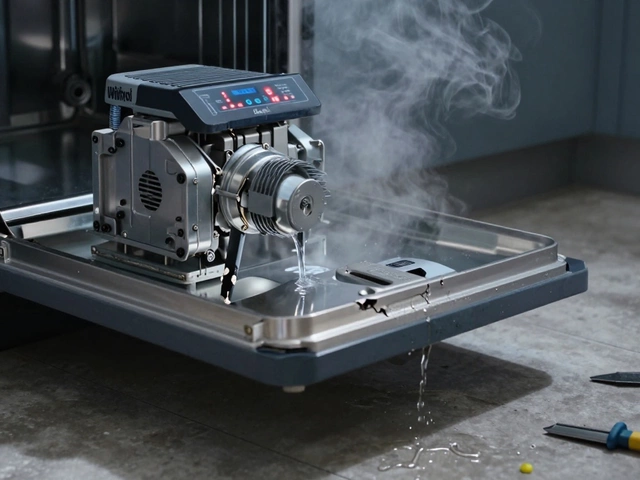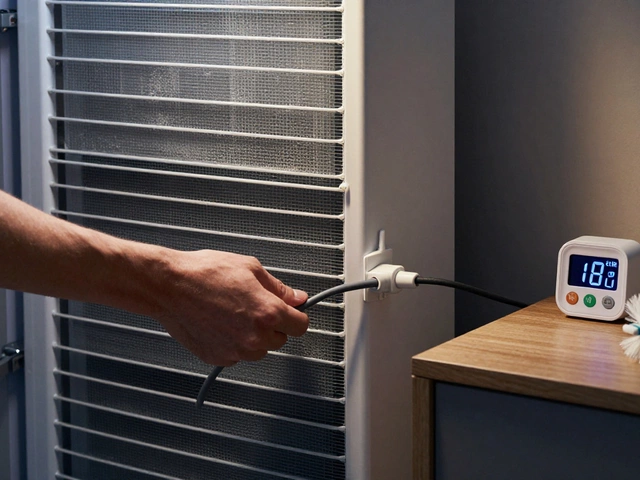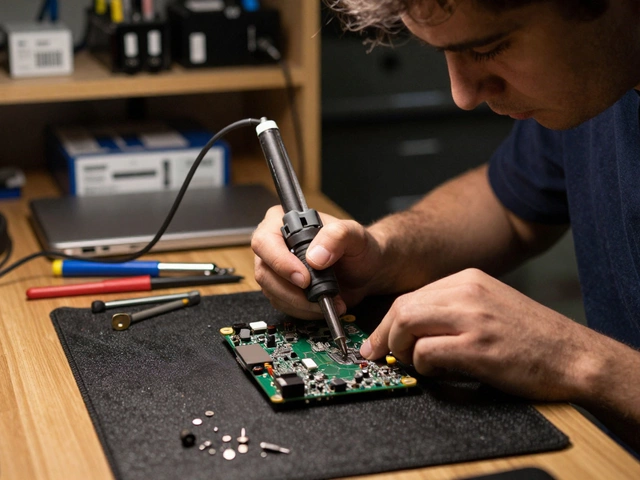Extractor Fan Service: Repair, Replace, Maintain
When working with extractor fan service, the systematic check, repair, or replacement of the fan that expels moisture and odors from kitchens or bathrooms. Also known as vent fan maintenance, it keeps indoor air fresh and stops mold from taking hold. Extractor fan motor, the heart of the unit that drives air through the ductwork is the most common part that fails, and a proper service often means swapping this component. While many homeowners wonder if a plumber, a tradesperson trained in water and waste systems can handle the job, the reality is that an electrician, a specialist licensed to work on electrical circuits may be needed for safe wiring connections. This blend of skills makes extractor fan service a crossover task that touches kitchen ventilation, electrical safety, and moisture control. Below we’ll walk through why these pieces matter, what tools you’ll need, and how to decide whether a DIY fix or a professional call‑out is the smarter move.
What’s Included in Extractor Fan Service?
First, a thorough inspection sets the stage. Technicians check the fan’s power supply, listen for unusual motor noises, and verify that the duct is clear of buildup. If the motor humming but not spinning, it likely means the bearings are worn—a classic sign that a motor replacement is due. The next step is deciding who should do the work. For a simple motor swap, a confident DIYer can follow a step‑by‑step guide: disconnect power, remove the housing, detach the old motor, fit the new one, and reconnect. However, if the fan’s wiring is hard‑wired into the house circuit, you’ll need an electrician to certify that the new connections meet safety codes. Plumbers enter the picture when the fan is integrated with a vent that also serves a wet area, because they understand how to seal the duct to prevent water ingress. Understanding these role‑based nuances saves time and avoids costly re‑work.
Tools matter just as much as knowledge. A screwdriver set, a multimeter for voltage checks, and a wire stripper are essential for any motor replacement. Some fans require a drill to remove mounting brackets, while others click into place with a simple twist. Safety gear—gloves and eye protection—should never be skipped, especially when working around live wires. Once the new motor is installed, the final test involves turning the fan on, feeling for steady airflow, and ensuring the noise level is back to normal. If the fan still stalls, the issue may be deeper: faulty wiring, a blocked duct, or even a mismatched motor size. In those cases, calling a professional who can diagnose electrical continuity, airflow dynamics, and duct integrity is the best route.
By now you’ve seen how extractor fan service ties together motor mechanics, electrical work, and ventilation design. The articles below dive deeper into each subtopic—whether you’re looking for a DIY motor replacement guide, want to know if a plumber can install a new fan, or need tips on troubleshooting a noisy unit. Use this overview to gauge your comfort level, pick the right expert, and keep your kitchen or bathroom breathing easy.
How Long Does It Take to Fix an Extractor Fan? - Realistic Timeframes Explained
- Alden Wilder
- Oct 20 2025
- 0 Comments
Find out exactly how long an extractor fan repair takes, from DIY steps to professional service, and learn the factors that affect timing.
View More



